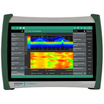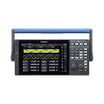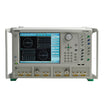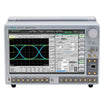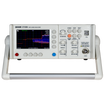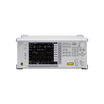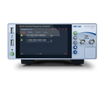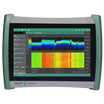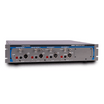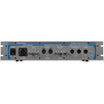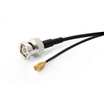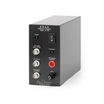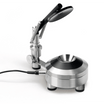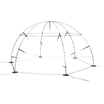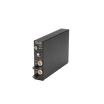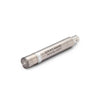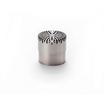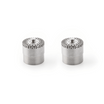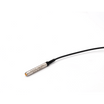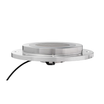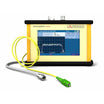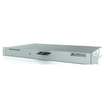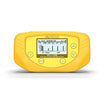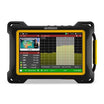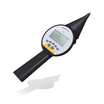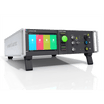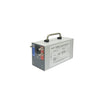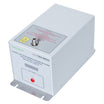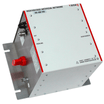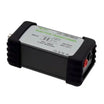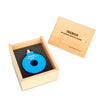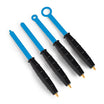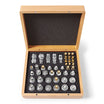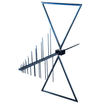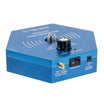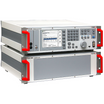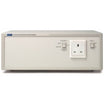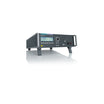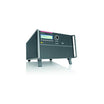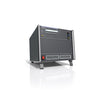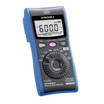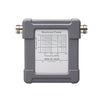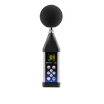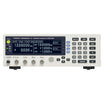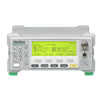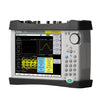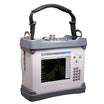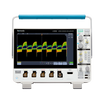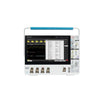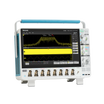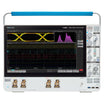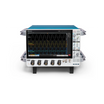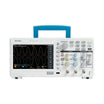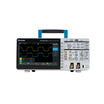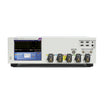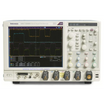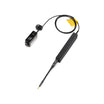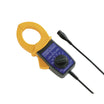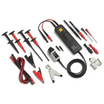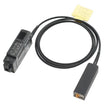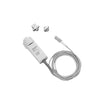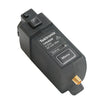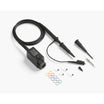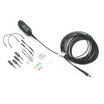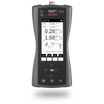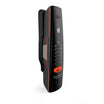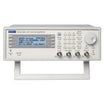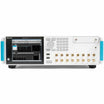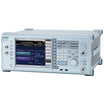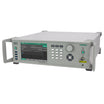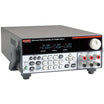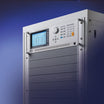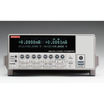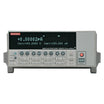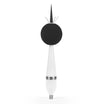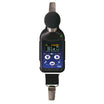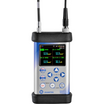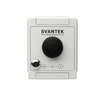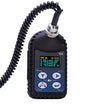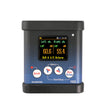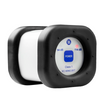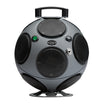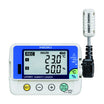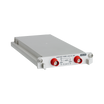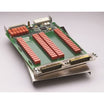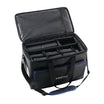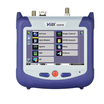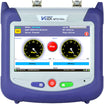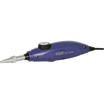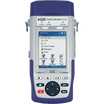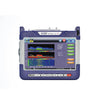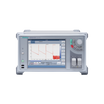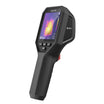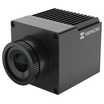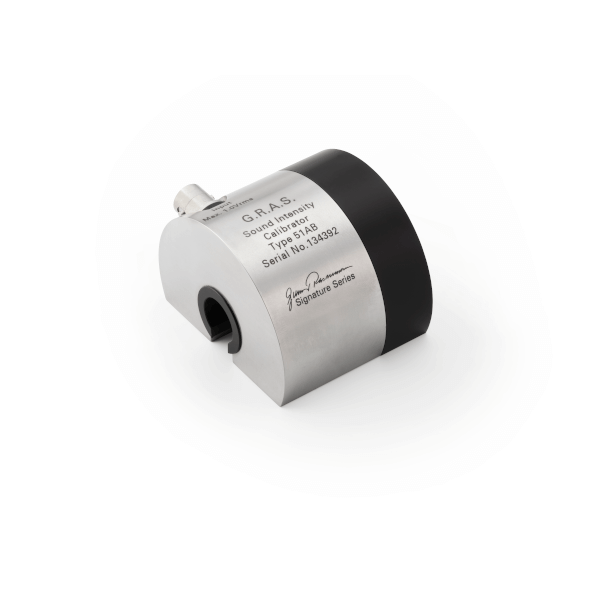
GRAS 51AB Phase Calibrator according to IEC 61043
Use our chat for personal support or contact us via +45 31 33 18 19 or salg@GOmeasure.dk
The GRAS 51AB can be connected to an external signal generator producing white noise, pink noise or pure tones.
Discover the possibilities
More information
Description
Typical applications and use
- IEC 1043 measurements
- Phase- and level calibration of sound-intensity microphone pairs
- Residual-intensity testing
- Particle-velocity calibration
Design
The GRAS 51AB can be connected to an external signal generator producing white noise, pink noise or pure tones.The most important feature of a sound-intensity probe is to be able to measure the real part of a complex sound intensity in highly reactive sound fields as well as in sound fields with a high level of background noise. This ability depends largely on the phase responses of the pair of intensity microphones and, for high-quality pairs, the difference in phase responses must be extremely small.
The phase calibrator consists of a sound source which produces a well defined sound-pressure field simultaneously on both the diaphragms of the measurement microphones. When used for residual intensity testing, the sound pressures present on both diaphragms of the microphones are exactly the same, but with an extremely small phase difference. This phase difference can be expressed as the pressure-intensity index for a given nominal microphone separation.
The IEC standard 61043 states a pressure-intensity index for a nominal microphone separation of 25 mm. With this microphone separation, the phase calibrator has a pressure-intensity Index of more than 27 dB, corresponding to a phase difference of less than 0.006 ° at 100 Hz.
For sound-intensity and particle-velocity calibrations, a phase-shifting element is inserted between the source and receiving part of the calibrator. This results in a phase shift in sound pressure at one of the microphones; similar to that found in a free field. The result is an output from the microphones similar to what would be obtained if the microphone pair was placed in a free field.
The phase calibrator can be used with 1⁄2-inch microphones or, by using the included adapters,1⁄4-inch microphones. The microphones are inserted into the opposing holes at the ends of the phase calibrator and the diaphragms are exposed to the sound pressure produced by the built-in sound source. For accurate phase calibration at low frequencies, the microphones have to be of a type with extremely low sensitivity to sound pressures at their pressure-equalization channels, for example as with the GRAS 40AI Sound-intensity Microphone Pair. When these microphones are inserted into the sound-intensity coupler, only the diaphragms are exposed to the sound pressures generated by the sound source. The pressure equalization channels (usually at the back of the microphones) are not exposed to the same sound pressure as the diaphragms, and the influence of the pressure equalization channel on the phase characteristics of the microphones is therefore not measured. The GRAS 40AI sound-intensity microphone pair have specially designed venting systems which ensure extremely low sensitivity to sound pressures at the pressure-equalization vents within the operating frequency range.
The external generator is connected to the BNC connector on the side of the 51AB. For a sound pressure level of approximately 110 dB (re. 20 μPa) within the coupler and both microphones inserted, the generator should supply approximately 300 mVRMS.
Specifications
Documents
Options
Video
Typical applications and use
- IEC 1043 measurements
- Phase- and level calibration of sound-intensity microphone pairs
- Residual-intensity testing
- Particle-velocity calibration
Design
The GRAS 51AB can be connected to an external signal generator producing white noise, pink noise or pure tones.The most important feature of a sound-intensity probe is to be able to measure the real part of a complex sound intensity in highly reactive sound fields as well as in sound fields with a high level of background noise. This ability depends largely on the phase responses of the pair of intensity microphones and, for high-quality pairs, the difference in phase responses must be extremely small.
The phase calibrator consists of a sound source which produces a well defined sound-pressure field simultaneously on both the diaphragms of the measurement microphones. When used for residual intensity testing, the sound pressures present on both diaphragms of the microphones are exactly the same, but with an extremely small phase difference. This phase difference can be expressed as the pressure-intensity index for a given nominal microphone separation.
The IEC standard 61043 states a pressure-intensity index for a nominal microphone separation of 25 mm. With this microphone separation, the phase calibrator has a pressure-intensity Index of more than 27 dB, corresponding to a phase difference of less than 0.006 ° at 100 Hz.
For sound-intensity and particle-velocity calibrations, a phase-shifting element is inserted between the source and receiving part of the calibrator. This results in a phase shift in sound pressure at one of the microphones; similar to that found in a free field. The result is an output from the microphones similar to what would be obtained if the microphone pair was placed in a free field.
The phase calibrator can be used with 1⁄2-inch microphones or, by using the included adapters,1⁄4-inch microphones. The microphones are inserted into the opposing holes at the ends of the phase calibrator and the diaphragms are exposed to the sound pressure produced by the built-in sound source. For accurate phase calibration at low frequencies, the microphones have to be of a type with extremely low sensitivity to sound pressures at their pressure-equalization channels, for example as with the GRAS 40AI Sound-intensity Microphone Pair. When these microphones are inserted into the sound-intensity coupler, only the diaphragms are exposed to the sound pressures generated by the sound source. The pressure equalization channels (usually at the back of the microphones) are not exposed to the same sound pressure as the diaphragms, and the influence of the pressure equalization channel on the phase characteristics of the microphones is therefore not measured. The GRAS 40AI sound-intensity microphone pair have specially designed venting systems which ensure extremely low sensitivity to sound pressures at the pressure-equalization vents within the operating frequency range.
The external generator is connected to the BNC connector on the side of the 51AB. For a sound pressure level of approximately 110 dB (re. 20 μPa) within the coupler and both microphones inserted, the generator should supply approximately 300 mVRMS.

